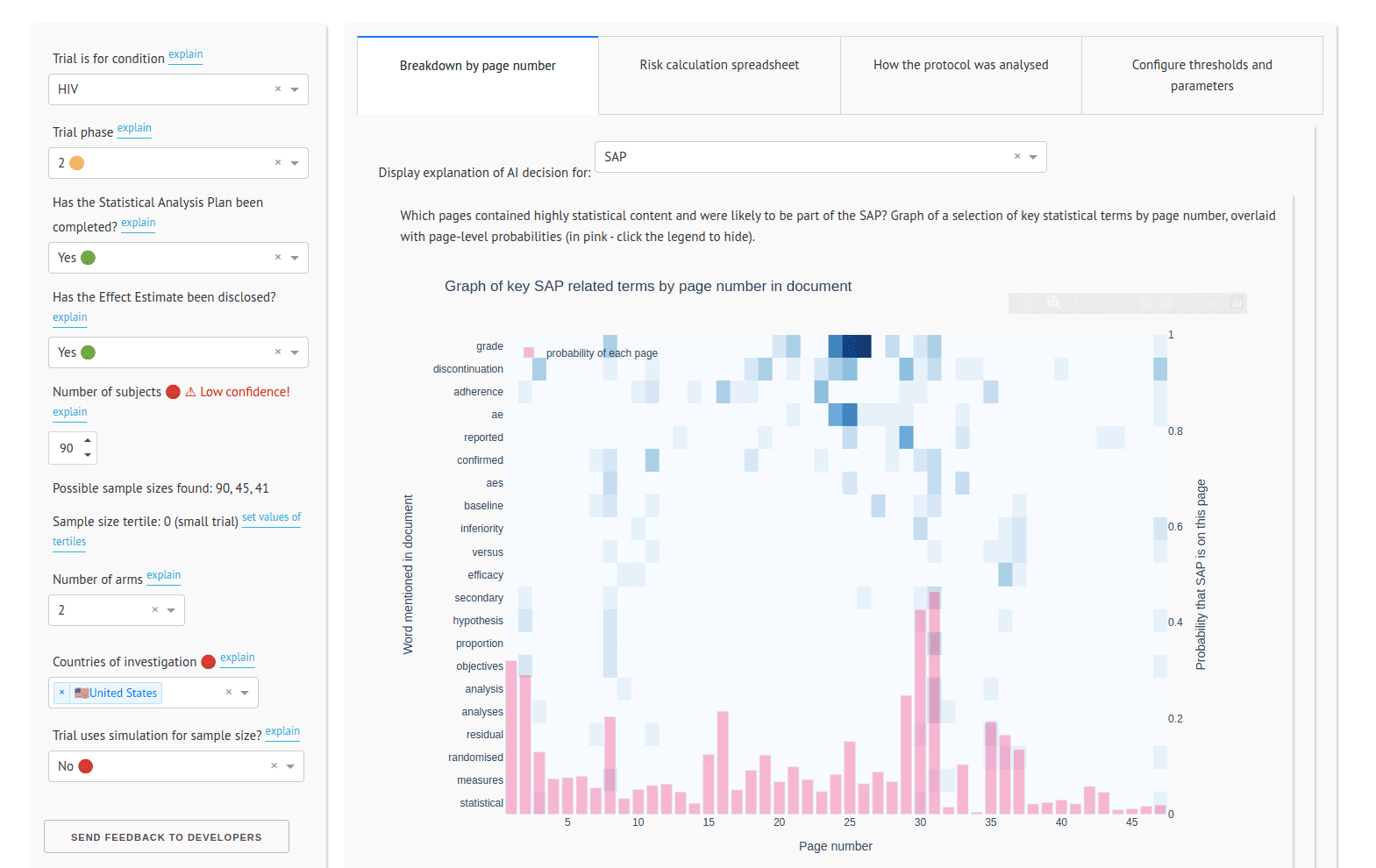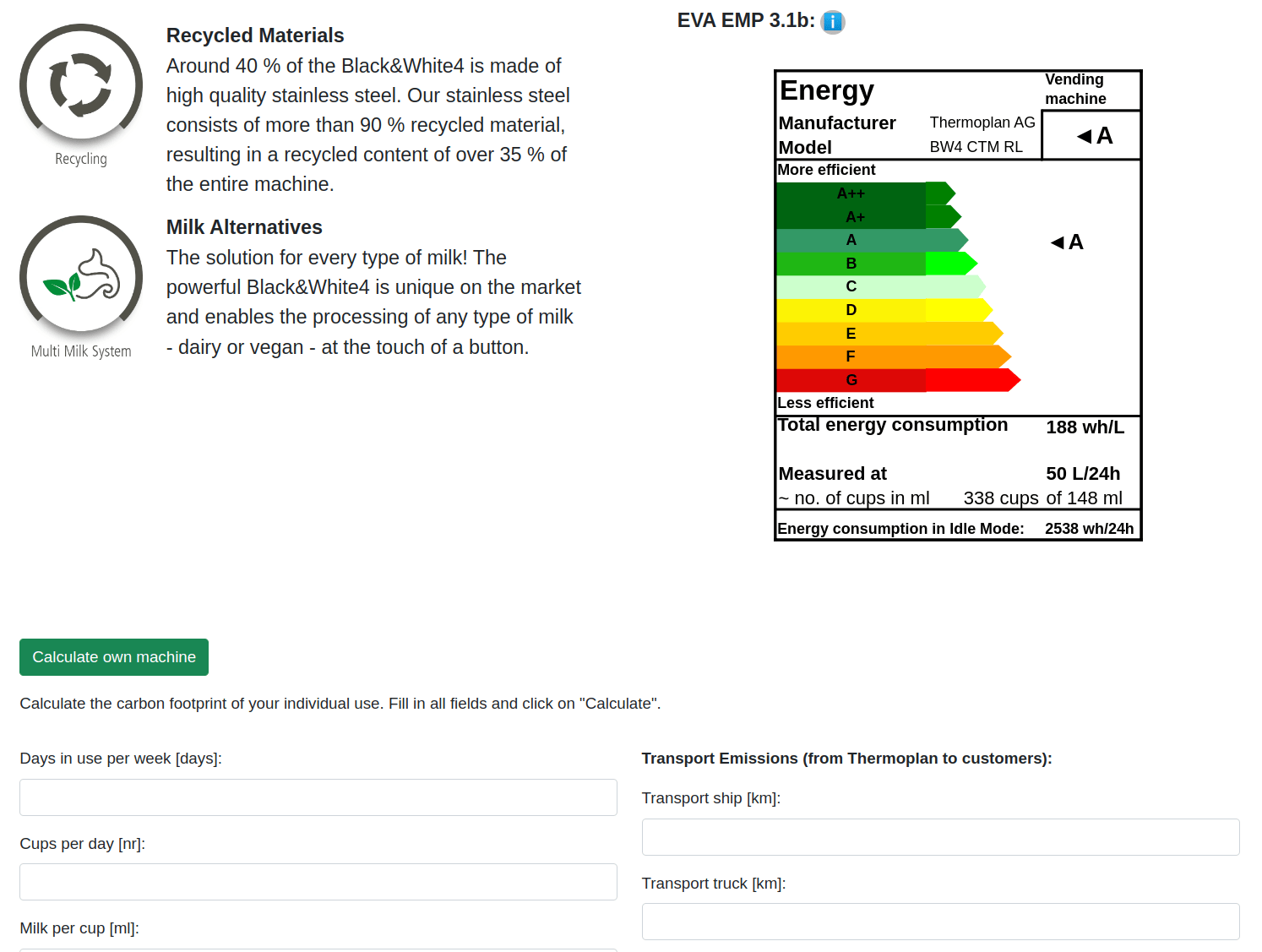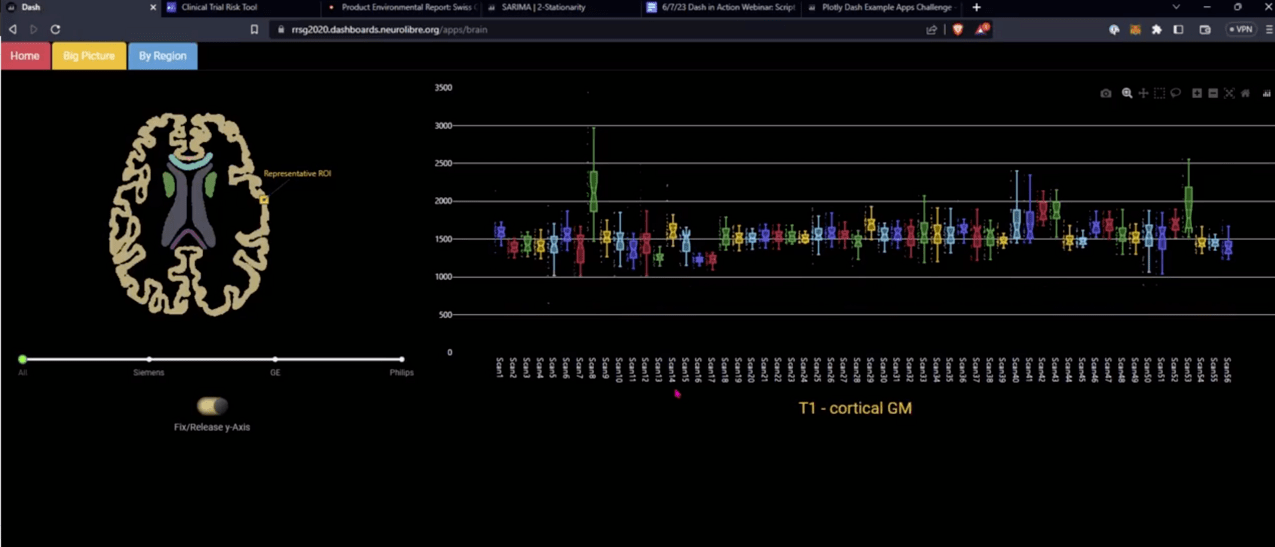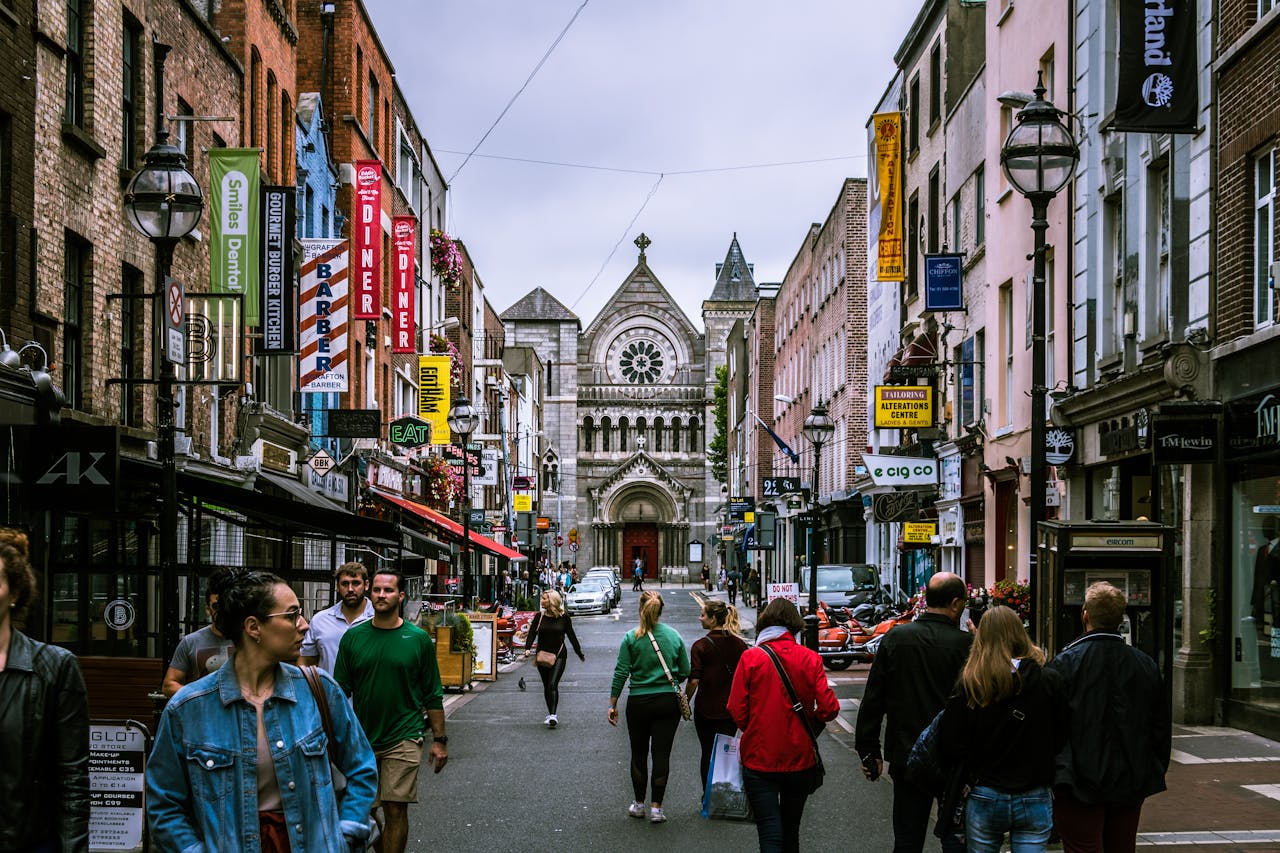
On 7 June, 2023, at 6pm UK time (1pm EDT), we will be presenting in the webinar Dash in Action: Image Processing, Forecasting, NLP. This is a community showcase hosted by Plotly, a company in Canada which makes the graphing software Plotly.
Sign up for the webinar at https://go.plotly.com/dash-in-action!
The speakers come from a variety of backgrounds, organisations and industries, all over the world:
NLP visualisation
We will be presenting the following apps:
Thomas Wood has developed a dashboard funded by the Bill and Melinda Gates Foundation to analyse the risk of a clinical trial failing. The Foundation had a number of incoming clinical trials and they had a need to identify risk factors and triage the trials. When someone runs a clinical trial, they write a 200-page document which is called a protocol, which describes how the trial will be run, where it takes place, how many participants are needed, and how the data collected will be analyzed. Thomas built some natural language processing models which can identify risk factors in the text, and developed a front end in Dash allowing users to run the models and understand the decision making process.
Sharing this sneak peak of our upcoming webinar from Plotly's Community Manager, Adam Schroeder. Can you tell we're excited?!
— Plotly (@plotlygraphs) June 1, 2023
We have an impressive collection of data apps from #PlotlyCommunity members Thomas Wood, Gabriele Albini, Nadia Blostein, and Matteo Trachsel. Reserve… pic.twitter.com/f87UPXzSE3
Try it at: https://gabria1.pythonanywhere.com/.
Gabriele Albini has developed a dashboard which allows users to experiment with sARIMA models (seasonal autoregressive integrated moving average). sARIMA models are models which allow us to predict time series with seasonality. For example, you may use a sARIMA model to predict daily electricity loads for a building or city, or to predict customer spend for a large supermarket.

Try it at: https://report.thermoplan.ch/.
Matteo Trachsel works for the environmental consultancy Thermoplan and has developed a dashboard which calculates the carbon footprint of coffee machine usage.

Try it at: https://rrsg2020.db.neurolibre.org/.
Agah Karakuzu at Polytechnique Montréal has built the RRSG 2020 Dashboard to accompany a scientific article on MRI. Neuroscientists are interested in a value called T1, which is the time it takes water molecules in the brain to return to their original state following a magnetic pulse. The purpose of the study was to assess the reproducibility of T1 values across different sites and vendors where researchers used the same research protocol. The dashboard allows researchers to compare datasets from brains and phantoms (calibration devices containing water, used to test MRI machines) from the three main MRI machine vendors (Phillips, GE and Siemens). This will be demonstrated by his colleague Nadia Blostein.

If you would like to cite the tool alone, you can cite:
Wood TA and McNair D. Clinical Trial Risk Tool: software application using natural language processing to identify the risk of trial uninformativeness. Gates Open Res 2023, 7:56 doi: 10.12688/gatesopenres.14416.1.
A BibTeX entry for LaTeX users is
@article{Wood_2023,
doi = {10.12688/gatesopenres.14416.1},
url = {https://doi.org/10.12688%2Fgatesopenres.14416.1},
year = 2023,
month = {apr},
publisher = {F1000 Research Ltd},
volume = {7},
pages = {56},
author = {Thomas A Wood and Douglas McNair},
title = {Clinical Trial Risk Tool: software application using natural language processing to identify the risk of trial uninformativeness},
journal = {Gates Open Research}
}
Unleash the potential of your NLP projects with the right talent. Post your job with us and attract candidates who are as passionate about natural language processing.
Hire NLP Experts
Thomas Wood presents the Clinical Trial Risk Tool before the November meeting of the Clinical AI Interest Group at Alan Turing Institute The Clinical AI Interest group is a community of health professionals from a broad range of backgrounds with an interest in Clinical AI, organised by the Alan Turing Institute.

Fast Data Science will appear at Ireland’s Expert Witness Conference on 20 May 2026 in Dublin On 20 May 2026, La Touche Training is running the Expert Witness Conference 2026, at the Radisson Blu Hotel, Golden Lane, Dublin 8, Ireland. This is a full-day event combining practical workshops and interactive sessions, aimed at expert witnesses and legal professionals who want to enhance their expertise. The agenda covers critical topics like recent developments in case law, guidance on report writing, and techniques for handling cross-examination.

Guest post by Alex Nikic In the past few years, Generative AI technology has advanced rapidly, and businesses are increasingly adopting it for a variety of tasks. While GenAI excels at tasks such as document summarisation, question answering, and content generation, it lacks the ability to provide reliable forecasts for future events. GenAI models are not designed for forecasting, and along with the tendancy to hallucinate information, the output of these models should not be trusted when planning key business decisions. For more details, a previous article on our blog explores in-depth the trade-offs of GenAI vs Traditional Machine Learning approaches.
What we can do for you